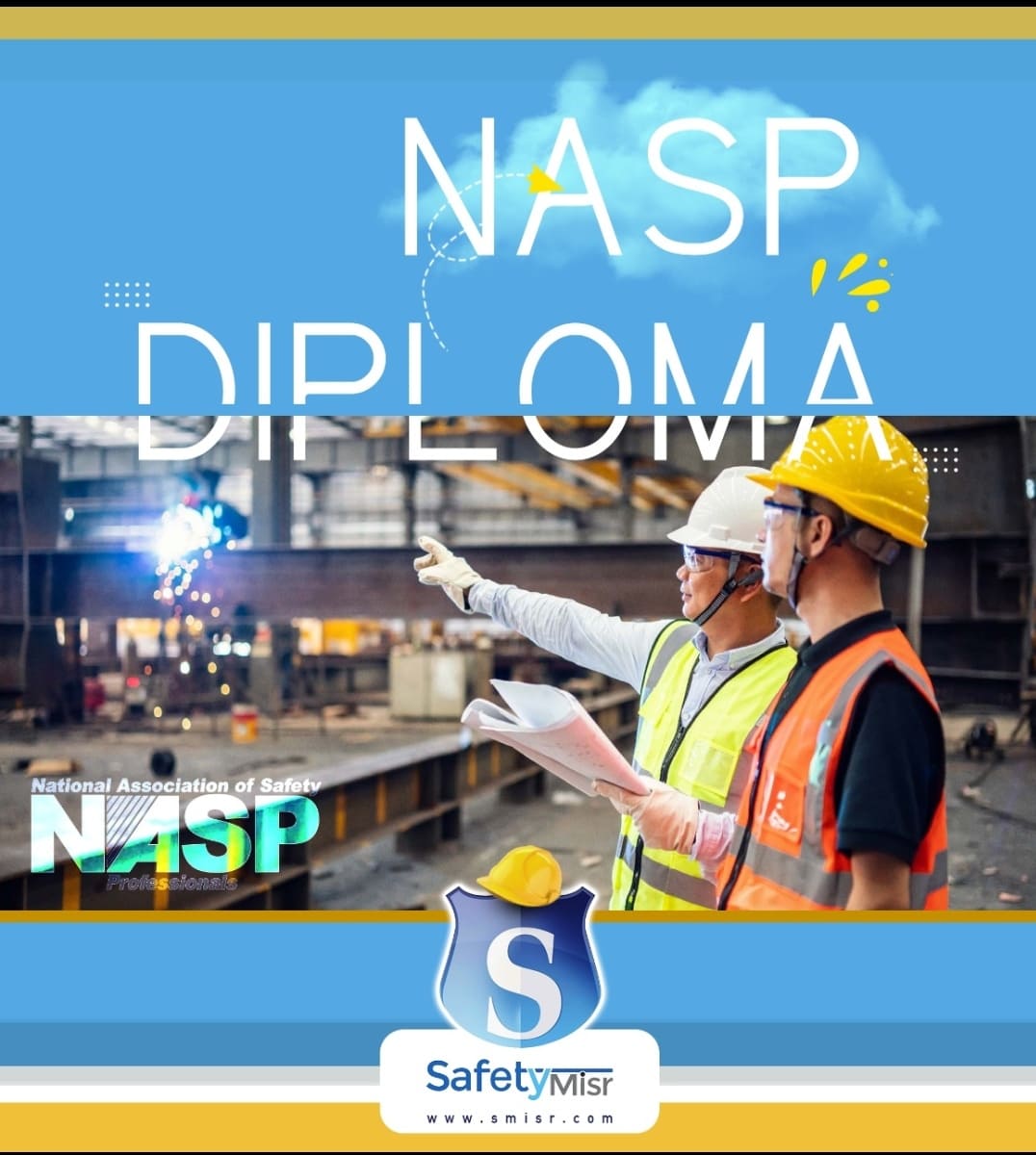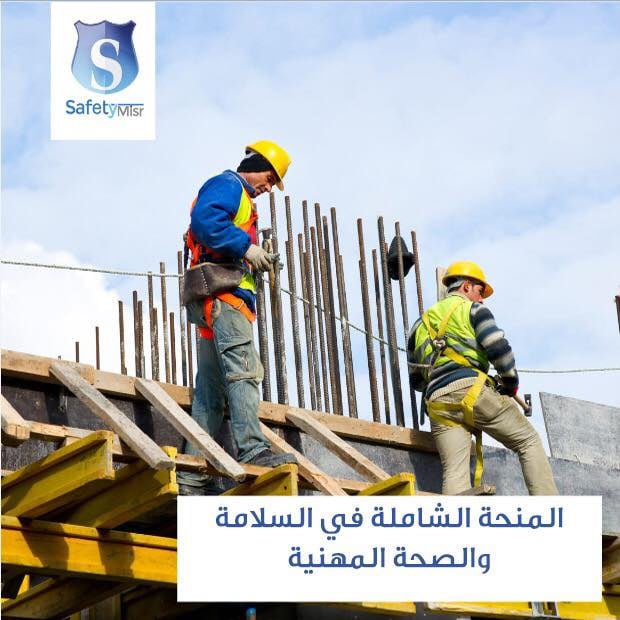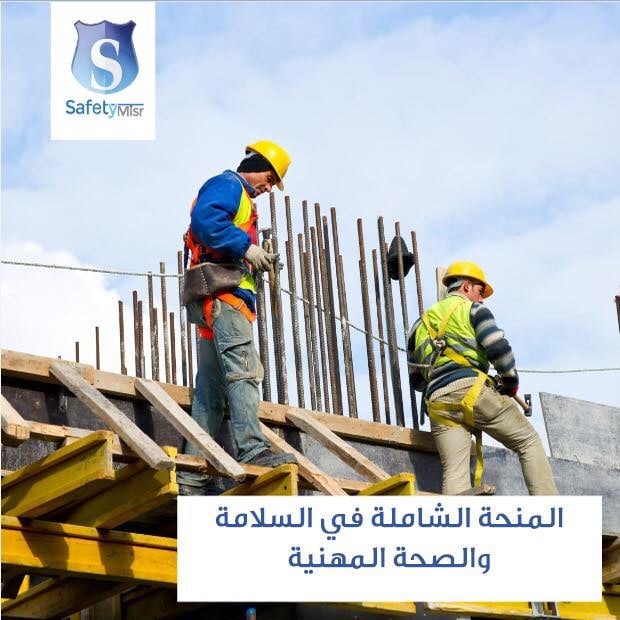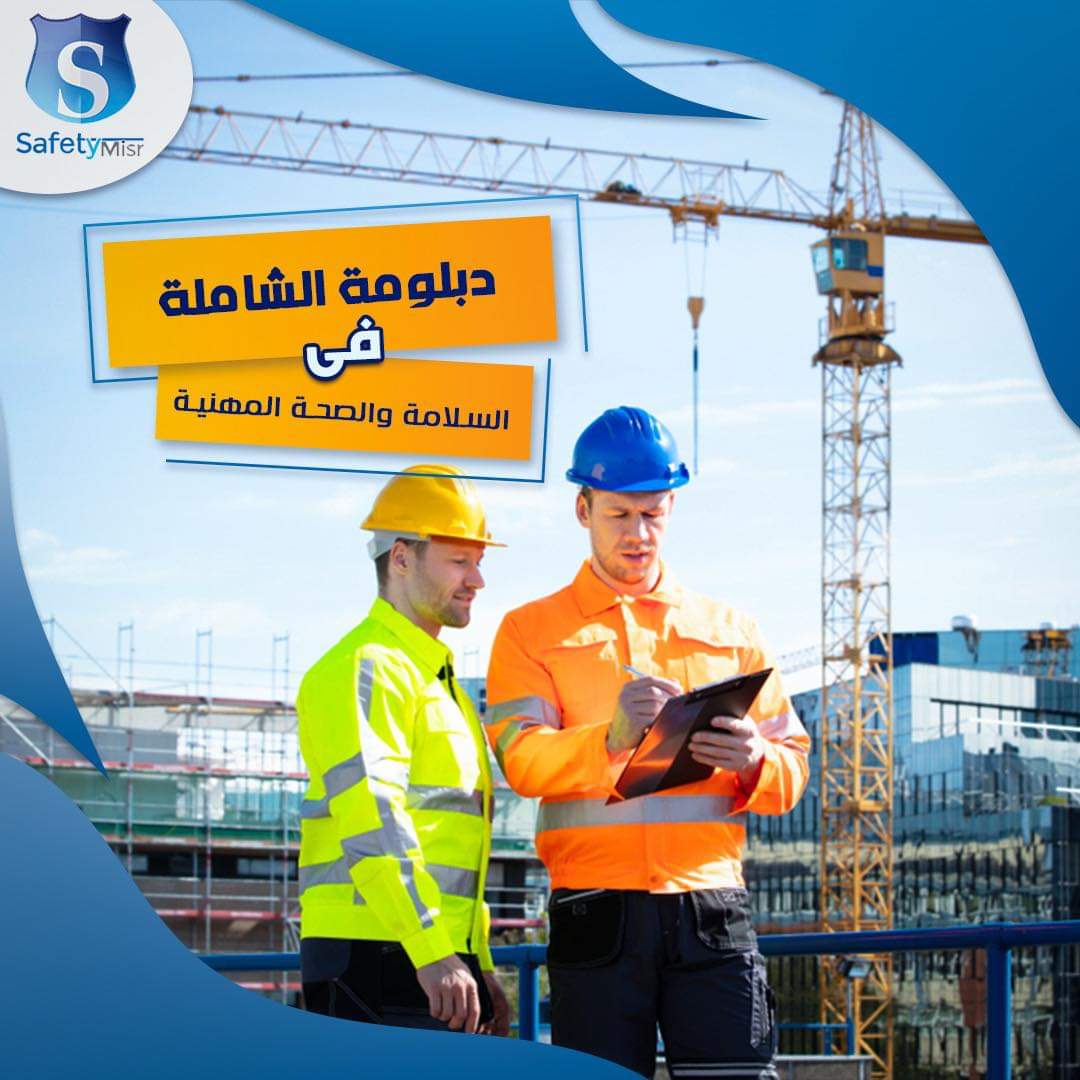Nasp Diploma

Introduction: NASP: (National Association of Safety Professionals) in USA and its International branch – IASP (International Association of Safety Professionals) is a non-profitable organization providing safety training, safety certification, training materials and association membership. ـــــ NASP is approved by the US Department of Veterans Affairs as a certifying agency, Also NASP (IASP) obtained recently the approval of the United Nations (UN). NASP (IASP) certifications are accepted worldwide and are accepted by the US Federal Government, State Governments, Local Governments and major businesses and industries in USA. The National Association of Safety Professionals offers twelve professional safety certifications and thirty three specialty certifications. Occupational safety & health advanced diploma The diploma consists of all attached below topics, with a certificate & ID for each topic in addition to the advanced diploma certificate & ID. All certificates & IDs are approved and issued from national / international association of safety professionals (NASP/IASP) – USA which are accepted worldwide. 1. NASP/IASP general industry 30 hours. This topic will support candidate in a wide range to understand HSE in general to prepare for topics which are more accurate & specified, including most benefits behind safety regulations compliance. 2. Confined space entry. Many workplaces contain spaces that are considered to be “confined” because their configurations hinder the activities of employees who must enter into, work in or exit from them. in many instances, employees who work in confined spaces also face increased risk of exposure to serious physical injuries from hazards such as entrapment, engulfment, hazardous atmospheric conditions, mechanical hazards. 3. Egress / fire safety. This topic is essential to provide awareness about fire and emergency. For example, brigades, fire groups, fire & firefighting theory, fire transfers, portable fire extinguishers, fire detection & alarm systems, emergency response & crises management, etc. 4. Electrical safety. Electricity has become an essential of modern life, both at home and on the job. Some employees work with electricity directly, as is the case with engineers, electricians, or people who do wiring, such as overhead lines, or circuit assemblies. Others such as office workers, work with it indirectly. The objective is to learn how to minimize the potential hazards of electricity by specifying design characteristics of safety in use of electrical equipment and systems. 5. Ergonomics. Ergonomics is the science of fitting the work-place and job demands to the capabilities of the working population. The goal of ergonomics is to make the work place more comfortable and to improve both health and productivity. 6. Hazard communication. Laboratory operations present special hazards that may not exist in other types of work facilities. Be aware that all chemicals are hazardous to some degree, and protect yourself from accidental skin, eye, and respiratory contact. Know the hazards of the materials you are working with. Material Safety Data Sheet (MSDSs) are an important primary source of information on physical properties, health hazards, reactivity, and spill cleanup procedures. 7. Inspection. This topic provides a basic understanding of workplace inspections, checklists and procedural audits. The lectures cover their advantages and disadvantages, and explains how to formulate one's own inspection procedure and procedural audit as part of the approach to accident prevention. 8. Lockout – Tagout. It is grossly important tool to prevent injuries to servicing and/or maintenance employees due to unexpected energization or startup of machines and equipment, or release of stored energy. 9. Machine guarding. Crushed hands and arms, severed fingers, blindness – the first of possible machinery related injuries is as long as it is horrifying. There seems to be as many hazards created by moving machine parts as there are types of machines. Safeguards are essential for protecting workers from needless and preventable injuries. 10. Personal Protective Equipment. However, it considered the last line of defense, but its highly important to protect against all work place hazards. When you discover hazard you must first try to engineer it away. If it is impracticable then you try to handle it with administrative controls. If all are failed, the PPE may do. 11. Walk/work surfaces. Slips, trips, and falls constitute majority of general industry accidents. They cause 15% of all accidental deaths. This topic well covers housekeeping, covers & guard rails, floor loading protection, floor & wall opening, stairways and portable & fixed ladders. Course duration: 12 weeks (5 working days/week)
| تاريخ البدارية | 2015-08-09 |


